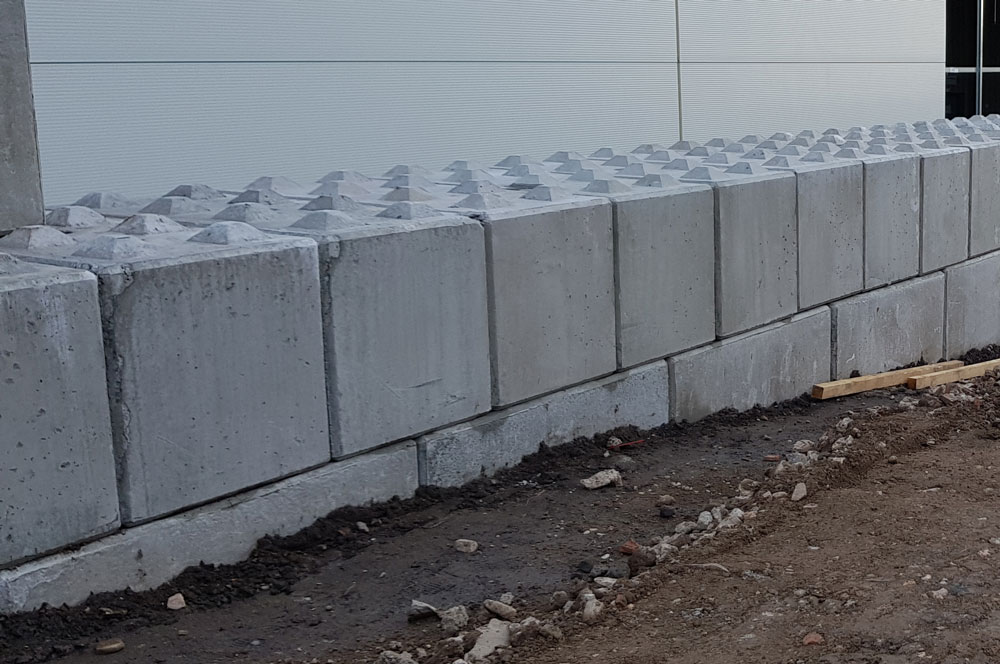What is concrete?
For every person on Earth, three tonnes of concrete are used every year. This makes it one of the most consumed materials in the world, second only to water1. Concrete is comprised of three elements – cement, water and aggregates – with the first two forming a paste which hardens and binds the aggregates together. The strength of the resulting concrete can be measured using the water/concrete ratio. Multiple materials can be defined as aggregates, and they are classified in numerous ways: primary aggregates are materials which are being used for the first time and have been directly mined or quarried, secondary aggregates are by-products of other processes which have never been used before, and recycled aggregates are materials which are being reused, for example construction or demolition waste.
The key uses of concrete
Given its strength and durability, concrete has become the go-to material for the construction industry and has multiple uses across many sectors. Concrete is found almost everywhere: from buildings to roads to water storage and transportation, from large-scale construction such as dams and bridges to smaller products like kerbs and drains. It can be used as the main material within construction or for specific purposes such as water, fire or sound proofing.
Pre-cast concrete and interlocking blocks
The pliable nature of unset concrete means it can be moulded into virtually any shape required, this process either takes place on site or concrete can be ‘pre-cast’, meaning it is shaped and set elsewhere and then transported to the place where it will be used. A subsection of the pre-cast concrete sector is the manufacturing of interlocking concrete blocks.
These are high-strength concrete casts designed to be used in a variety of projects including block wall flood defence, material storage bays, blast walls, retaining walls, kentledge, fire break walls or coastal erosion prevention.
They can also be used for temporary works such as creating barriers between open rail lines and those being replaced.
Blocks use high strength concrete to enable maximum durability and very often have a lifetime guarantee. But to ensure this is possible, all material used within them must be of the highest quality from a known source.
The importance of quality concrete
Put simply, concrete is used as a construction material (twice as much as all other building materials combined1) so must be durable enough to withstand pressures such as weather, water and human-usage, depending on the specific application. The production of sub-standard concrete not only has a cost implication for the customer if the materials have to be replaced within a shorter time frame than would normally be expected, but depending where the concrete has been used, there would also be a very real risk to human life should the poor-quality result in crumbling or collapse.
At Elite Precast we only use high quality concrete that does not contain any recycled materials and all our interlocking blocks are Class A1 Fire Resistant. For more information about any of our products or services please call us on 01952 588885 or email sales@eliteprecast.co.uk.












